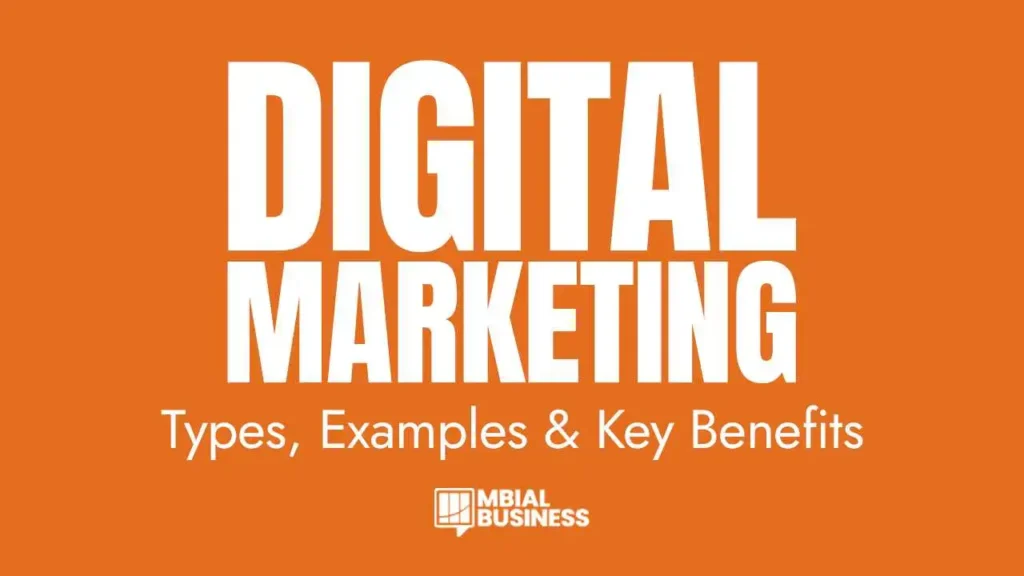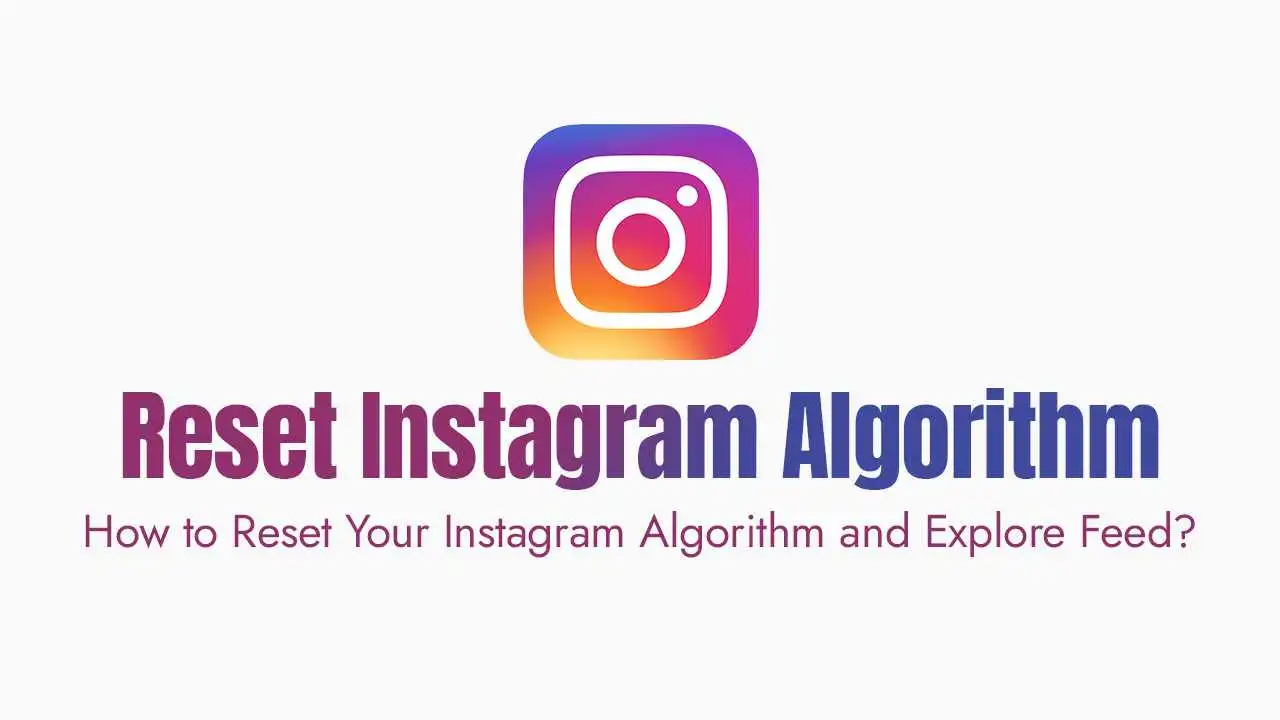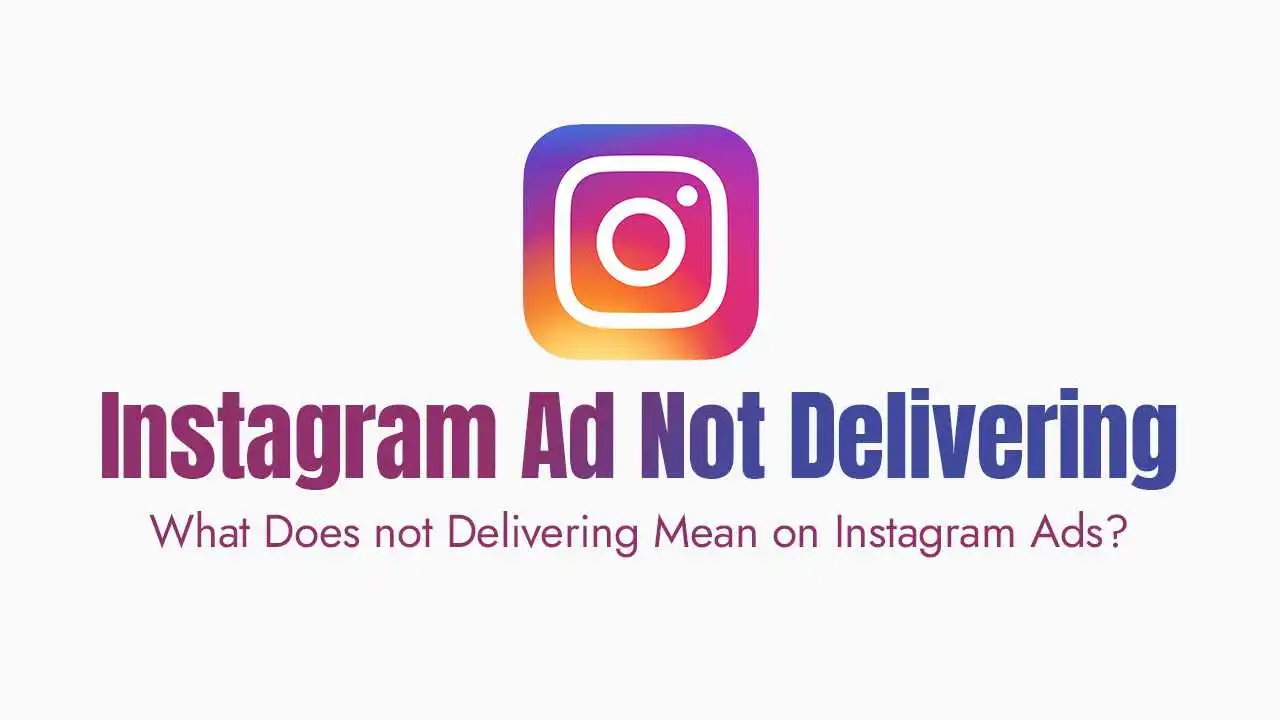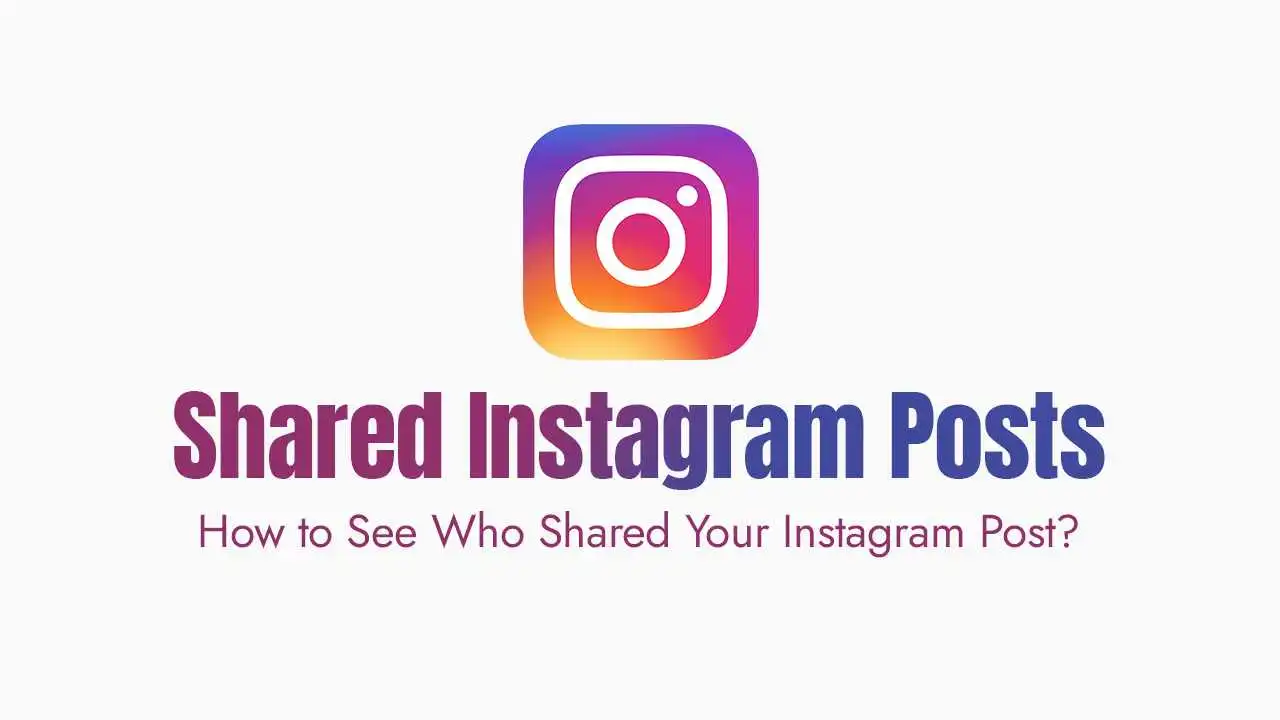Table of Contents:
1. What is Digital Marketing?

2. Inbound Marketing Versus Digital Marketing:
3. Why is Digital Marketing Important?
4. B2B Versus B2C Digital Marketing:
Digital marketing strategies are effective for both B2B (business-to-business) and B2C (business-to-consumer) companies, but best practices differ between the two. Here’s a closer look at how digital marketing is used in each:
- B2B: Clients typically have longer decision-making processes and sales funnels. Relationship-building strategies work well here, with marketing materials that are shareable and downloadable.
- B2C: Customers tend to respond better to short-term offers and emotionally-driven content. They favor one-on-one connections with a brand.
5. Types of Digital Marketing:
5.1. Search Engine Optimization (SEO):
SEO is a crucial marketing tool that involves optimizing your website to rank higher on search engine results pages (SERPs). Key factors include content quality, keyword optimization, user engagement, backlinks, and technical SEO elements like mobile-friendliness and loading times. The goal is to appear at or near the top of search results to make it easy for potential customers to find your brand.
5.2. Content Marketing:
Content marketing involves distributing relevant and valuable content to attract and engage your target audience. Unlike traditional advertising, it provides value for free through blogs, e-books, newsletters, and more. The quality of content is vital for SEO and helps establish strong relationships with potential customers.
5.3. Social Media Marketing:
Social media marketing focuses on engaging with your audience on platforms like Facebook, X, and Instagram to drive traffic and increase brand awareness. It offers built-in engagement metrics to help you measure success and refine your strategy. Best practices include creating high-quality content, responding to comments, and posting at optimal times.
5.4. Pay-Per-Click Marketing (PPC):
5.5. Affiliate Marketing:
Affiliate marketing involves earning a commission by promoting someone else’s products or services. Whether you’re the promoter or the business, this revenue-sharing model can be a profitable tactic.
5.6. Native Advertising:
5.7. Influencer Marketing:
Influencer marketing involves partnering with individuals who have large followings to promote your products or services. This tactic leverages the trust influencers have built with their audience, making it an effective way to increase brand exposure.
These are just a few examples of the many strategies available. By understanding and implementing the right tactics, you can effectively reach your target audience and grow your business.
6. Marketing Automation:
7. Email Marketing:
Email marketing is a powerful tool for connecting with customers. Whether it’s sending newsletters, promotional offers, or personalized recommendations, email marketing remains one of the most effective digital marketing strategies. With email marketing, businesses can nurture leads, maintain customer relationships, and drive conversions by delivering valuable content directly to the inboxes of their target audience.
8. Online Public Relations (PR):
9. Mobile Marketing:
Mobile marketing targets customers on their smartphones or tablets. This can include SMS marketing, mobile app ads, and even push notifications. With the growing number of mobile users, businesses are increasingly focusing on mobile-friendly content and ads to reach customers on the go.
10. Video Marketing:
11. Audio Marketing:
12. The Benefits of Digital Marketing:
Digital marketing offers a range of benefits, including:
- Global Reach: Digital marketing allows you to reach a global audience, breaking down geographical barriers and expanding your potential customer base.
- Cost-Effective: Compared to traditional marketing, digital marketing often requires a lower investment, making it accessible to businesses of all sizes.
- Measurable Results: Digital marketing provides detailed analytics and metrics, allowing you to track the effectiveness of your campaigns and make data-driven decisions.
- Personalization: Digital marketing enables personalized marketing experiences, helping to build stronger relationships with customers.
- Increased Engagement: With the ability to interact directly with your audience through social media, email, and other digital channels, you can create more meaningful connections with your customers.
13. Challenges of Digital Marketing:
While digital marketing offers many advantages, it also comes with challenges:
- High Competition: The digital landscape is crowded, and standing out among competitors can be difficult.
- Changing Algorithms: Platforms like Google and social media networks frequently update their algorithms, impacting the visibility of your content.
- Data Privacy: With increasing concerns over data privacy, businesses must ensure they are compliant with regulations and transparent in their data practices.
- Technology Dependence: As digital marketing relies heavily on technology, businesses must stay updated with the latest tools and trends to remain competitive.




